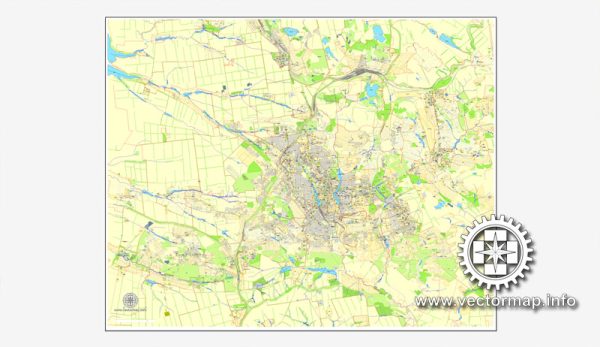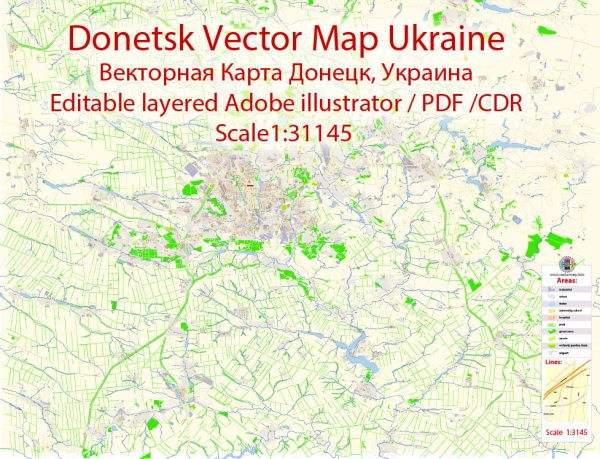Donetsk, located in eastern Ukraine, has a rich history of urban development. Here’s a brief overview of the key phases in the city’s history:
- Foundation and Early Years (1869-1920s): Donetsk’s history can be traced back to 1869 when a Welsh businessman named John Hughes founded the city as a steel plant and coal mining town. The city was initially named Yuzovka, after Hughes’ last name. The industrialization process rapidly transformed the region, attracting a diverse population of workers. Yuzovka became a significant industrial center in the Russian Empire.
- Soviet Era (1920s-1991): After the Russian Revolution in 1917, Yuzovka was renamed Stalino in honor of Joseph Stalin. The city continued to play a crucial role in the Soviet Union’s industrialization and became a major center for heavy industry, coal mining, and metallurgy. The population grew, and new residential areas, industrial facilities, and infrastructure were developed.
- World War II and Post-War Reconstruction: During World War II, Stalino suffered significant damage due to the German occupation. However, the city played a vital role in the Soviet victory, as it became a major industrial hub for supplying the Red Army. After the war, reconstruction efforts were undertaken to restore the city’s infrastructure and industries.
- Late Soviet Period (1950s-1991): Stalino continued to thrive as an industrial city during the later years of the Soviet Union. The city’s economy was closely tied to the heavy industry, and its population grew further. Urban planning during this period included the construction of residential areas, cultural facilities, and administrative buildings.
- Post-Soviet Period (1991-Present): After the dissolution of the Soviet Union in 1991, the city reverted to its historical name, Donetsk. The early years of independence saw economic challenges as Ukraine transitioned to a market economy. Donetsk faced both economic and political changes, with a shift from a centrally planned economy to a market-oriented one.
- Modern Challenges: In the 21st century, Donetsk faced significant challenges, particularly due to political tensions and conflict in the region. The city became a focal point during the unrest in eastern Ukraine that began in 2014. The conflict has had profound effects on the city’s development, leading to population displacement, damage to infrastructure, and changes in economic dynamics.
The recent history of Donetsk is closely tied to the geopolitical situation in Ukraine, and ongoing events may continue to shape the city’s urban development in complex ways. The city’s historical legacy as an industrial and mining center remains a significant aspect of its identity.



 Author: Kirill Shrayber, Ph.D.
Author: Kirill Shrayber, Ph.D.